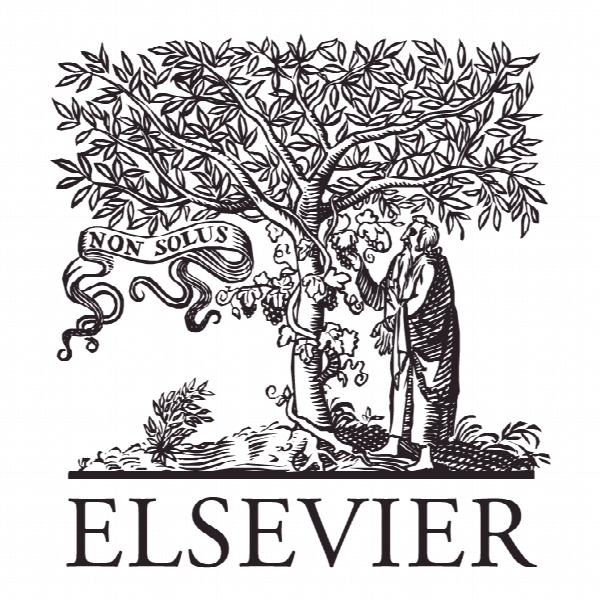منابع دانش محلی، جهانی و داخلی: Trilemma موسسات وابسته به تحقیق و توسعه خارجی Local, global, and internal knowledge sourcing: The trilemma of foreign-based R&D subsidiaries
- نوع فایل : کتاب
- زبان : انگلیسی
- ناشر : Elsevier
- چاپ و سال / کشور: 2017
توضیحات
رشته های مرتبط مدیریت
گرایش های مرتبط بازاریابی
مجله تحقیقات بازاریابی – Journal of Business Research
دانشگاه کالج تجارت، هنر و علوم اجتماعی، دانشکده بازرگانی برونل، انگلستان
نشریه نشریه الزویر
گرایش های مرتبط بازاریابی
مجله تحقیقات بازاریابی – Journal of Business Research
دانشگاه کالج تجارت، هنر و علوم اجتماعی، دانشکده بازرگانی برونل، انگلستان
نشریه نشریه الزویر
Description
1. Introduction New product development is an important facet of the Multinational Enterprise (MNE) strategy, and as a topic is increasingly researched in the international marketing (e.g. Craig & Hart, 1992; Urban & Hauser, 1993; Zirger & Maidique, 1990) and international business (e.g. Griffith, Harmancioglu, & Droge, 2009; Subramaniam, 2006; Subramaniam & Venkatraman, 2001) literatures. Scholars of international marketing primarily stress the importance of marketing and industrial (product) design to the development and commercial success of new products (Kahn, 2001; Kotler, 2003; Veryzer, 2005). They focus also on the consumer (user) integration in the process and overall success of new product development (Hoyer, Chandy, Dorotic, Krafft, & Singh, 2010; Piller & Walcher, 2006; Veryzer & Borja de Mozota, 2005). Scholars in the field of international management study the “transnational new product development” process (Subramaniam & Venkatraman, 2001; Takeuchi & Porter, 1986) and the importance of MNEs’ capability to efficiently transfer and utilize all the knowledge sources within the firm’s network of knowledge (Subramaniam & Venkatraman, 2001). This literature recognizes that a primary objective of establishing foreign-based MNE research and development (R&D) subsidiaries is engagement in (transnational) new product development via effective knowledge transfer and generation. The relationship between federated MNE units (i.e. HQ and subsidiaries) and the knowledge that is transferred between them is significant for global new product development and market launch (Ambos, 2005; Lahiri, 2010; Yamin & Andersson, 2011). New product development technology consists of two parts: generic technology which is held by the headquarters and often protected by patents, and adaptive R&D which usually resides in the overseas subsidiary which works closely with local marketing teams in order to optimize the product for the host country conditions. The international R&D subsidiary is usually responsible for the adaptation/standardization of products for the local context (Subramaniam & Hewett, 2004). The international business literature describes such R&D subsidiaries as ‘Home-Base-Exploiting’ following Kuemmerle’s (1997) typology, or ‘Competence-Exploiting’ in line with Cantwell and Mudambi (2005).


